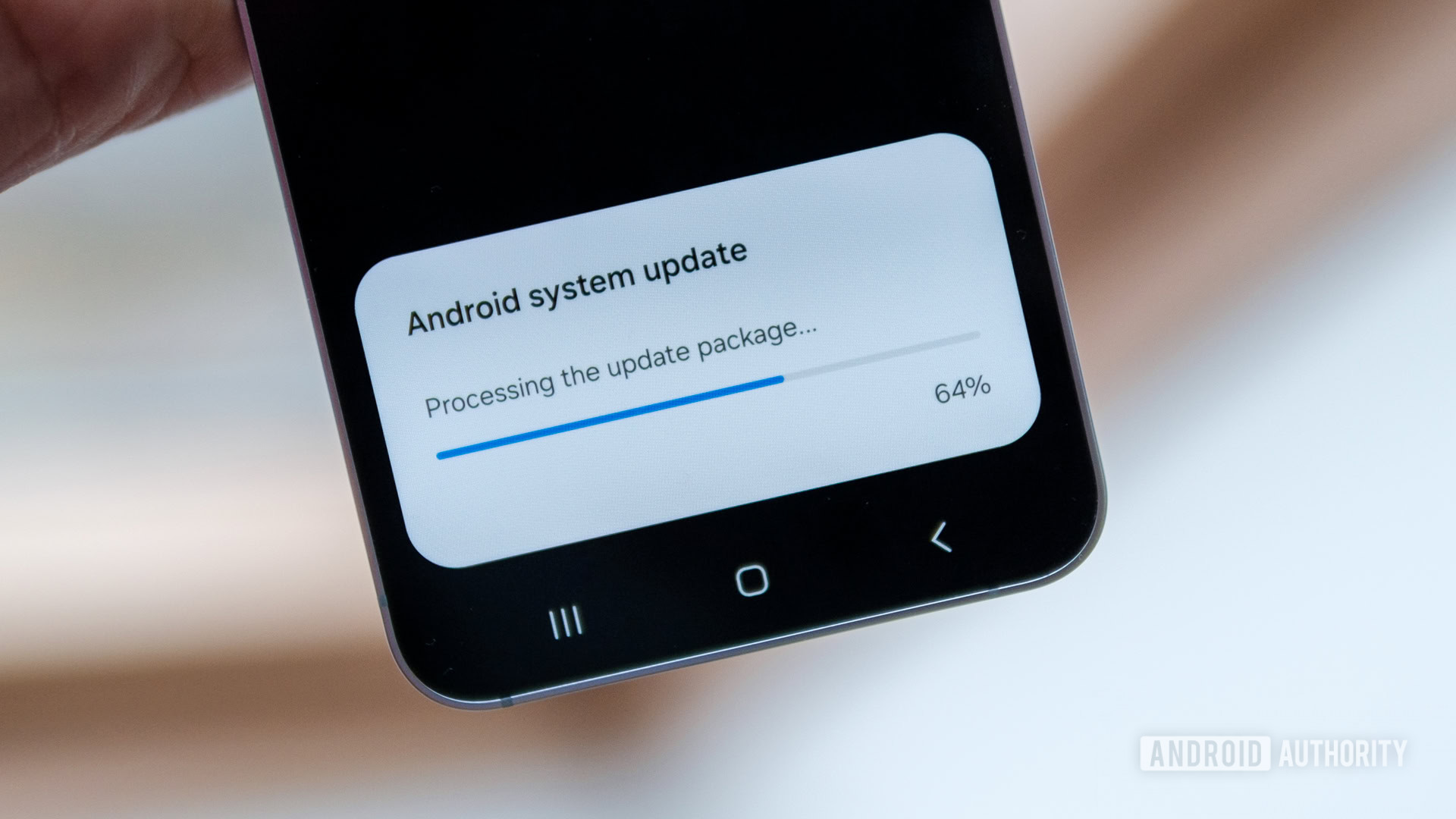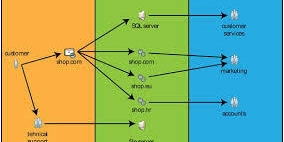Git as a Content Manager: Beyond Version Control
Git as a Content Manager: Beyond Version Control Unlocking Git’s Inner Mechanics for Expert-Level Mastery When most developers think of Git, version control comes to mind. But beneath its porcelain surface lies a powerful, content-addressable file system designed with immutability, integrity, and efficiency in mind. This post peels back the layers to explore Git as a content management system, powered by cryptographic hashing and a robust object model. What is Content Addressability? At the core of Git is content-addressability—a paradigm where content is identified and retrieved using a SHA-1 hash, not a filename. “If two pieces of content are the same, Git ensures they are stored once—immutably and efficiently.” This design guarantees: Uniqueness: Identical content results in identical hashes. Integrity: Any mutation alters the hash and creates a new object. Deduplication: Repeated content across versions is stored just once. SHA-1 Hashing in Action Git uses the SHA-1 cryptographic hash algorithm to convert content into a 160-bit fingerprint. Example: echo "Hello World" | git hash-object --stdin Output: 557db03de997c86a4a028e1ebd3a1ceb225be238 This deterministic hash acts as the primary key for the object in Git’s internal key-value store. The Git Object Model Git organizes data into four primary object types, all stored in the .git/objects/ directory: Object Type Purpose blob Stores raw file data (no filenames or metadata) tree Represents directory structures commit Points to a tree and includes metadata tag Used for human-readable references to objects These objects are written and retrieved via SHA-1 hash keys, ensuring immutability and referential integrity. Storing a Blob in Git echo "Hello World" | git hash-object -w --stdin Stored As: .git/objects/55/7db03de997c86a4a028e1ebd3a1ceb225be238 To inspect it: git cat-file -p 557db03de997c86a4a028e1ebd3a1ceb225be238 Output: Hello World This blob is now a permanent, immutable fixture in your Git database—independent of any working directory or branch. How Git Guarantees Data Integrity Git employs multiple layers to ensure consistency and safety: SHA-1 Hashing Any change to an object results in a new hash. No accidental overwrites. Immutable Data Store Once written, objects are never mutated—only new versions are added. Delta Compression Objects are compressed and optimized. Use git gc to reduce storage via delta encoding. Filesystem Verification Run integrity checks with: git fsck --full Type Inspection Know what you're dealing with: git cat-file -t # Output: blob, tree, commit, or tag

Git as a Content Manager: Beyond Version Control
Unlocking Git’s Inner Mechanics for Expert-Level Mastery
When most developers think of Git, version control comes to mind. But beneath its porcelain surface lies a powerful, content-addressable file system designed with immutability, integrity, and efficiency in mind. This post peels back the layers to explore Git as a content management system, powered by cryptographic hashing and a robust object model.
What is Content Addressability?
At the core of Git is content-addressability—a paradigm where content is identified and retrieved using a SHA-1 hash, not a filename.
“If two pieces of content are the same, Git ensures they are stored once—immutably and efficiently.”
This design guarantees:
- Uniqueness: Identical content results in identical hashes.
- Integrity: Any mutation alters the hash and creates a new object.
- Deduplication: Repeated content across versions is stored just once.
SHA-1 Hashing in Action
Git uses the SHA-1 cryptographic hash algorithm to convert content into a 160-bit fingerprint.
Example:
echo "Hello World" | git hash-object --stdin
Output:
557db03de997c86a4a028e1ebd3a1ceb225be238
This deterministic hash acts as the primary key for the object in Git’s internal key-value store.
The Git Object Model
Git organizes data into four primary object types, all stored in the .git/objects/ directory:
| Object Type | Purpose |
|---|---|
blob |
Stores raw file data (no filenames or metadata) |
tree |
Represents directory structures |
commit |
Points to a tree and includes metadata |
tag |
Used for human-readable references to objects |
These objects are written and retrieved via SHA-1 hash keys, ensuring immutability and referential integrity.
Storing a Blob in Git
echo "Hello World" | git hash-object -w --stdin
Stored As:
.git/objects/55/7db03de997c86a4a028e1ebd3a1ceb225be238
To inspect it:
git cat-file -p 557db03de997c86a4a028e1ebd3a1ceb225be238
Output:
Hello World
This blob is now a permanent, immutable fixture in your Git database—independent of any working directory or branch.
How Git Guarantees Data Integrity
Git employs multiple layers to ensure consistency and safety:
SHA-1 Hashing
Any change to an object results in a new hash. No accidental overwrites.Immutable Data Store
Once written, objects are never mutated—only new versions are added.Delta Compression
Objects are compressed and optimized. Usegit gcto reduce storage via delta encoding.Filesystem Verification
Run integrity checks with:
git fsck --full
- Type Inspection Know what you're dealing with:
git cat-file -t <hash>
# Output: blob, tree, commit, or tag










































































































































































![[The AI Show Episode 146]: Rise of “AI-First” Companies, AI Job Disruption, GPT-4o Update Gets Rolled Back, How Big Consulting Firms Use AI, and Meta AI App](https://www.marketingaiinstitute.com/hubfs/ep%20146%20cover.png)










































































































































































.png?width=1920&height=1920&fit=bounds&quality=70&format=jpg&auto=webp#)































































































_Aleksey_Funtap_Alamy.jpg?width=1280&auto=webp&quality=80&disable=upscale#)
_Sergey_Tarasov_Alamy.jpg?width=1280&auto=webp&quality=80&disable=upscale#)















































































































![Apple Foldable iPhone to Feature New Display Tech, 19% Thinner Panel [Rumor]](https://www.iclarified.com/images/news/97271/97271/97271-640.jpg)
![Apple Developing New Chips for Smart Glasses, Macs, AI Servers [Report]](https://www.iclarified.com/images/news/97269/97269/97269-640.jpg)
![Apple Shares New Mother's Day Ad: 'A Gift for Mom' [Video]](https://www.iclarified.com/images/news/97267/97267/97267-640.jpg)
![Apple Shares Official Trailer for 'Stick' Starring Owen Wilson [Video]](https://www.iclarified.com/images/news/97264/97264/97264-640.jpg)



































































































